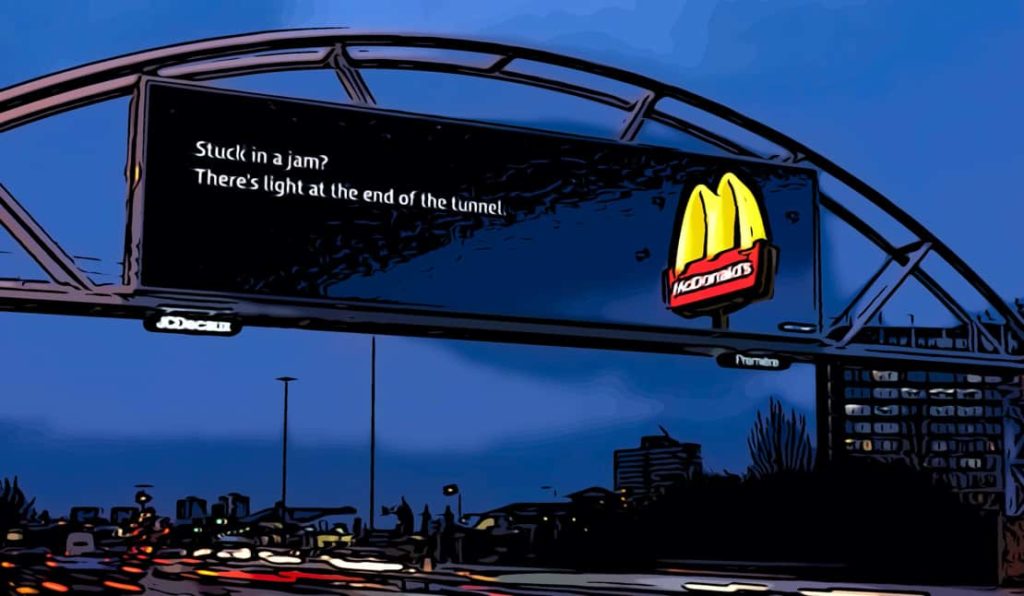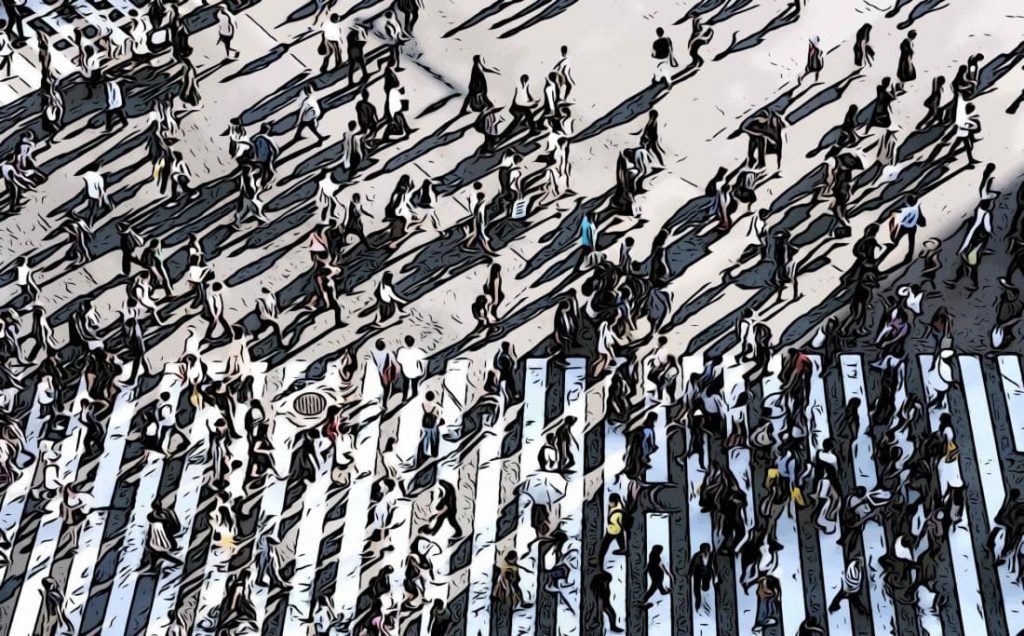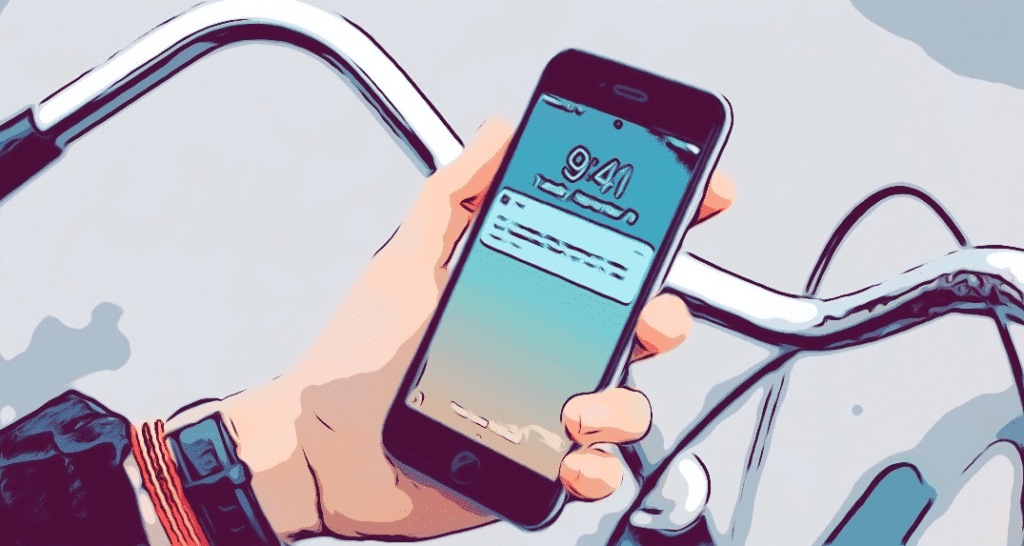OOH advertising as you know it is no longer. New developments in the OOH space are fuelling innovation that is transforming the medium into a powerful tool for marketers of all persuasions.
We’re spending more time than ever outside the home. Around 70% of our time is spent outdoors.
Because of this out of home advertising is becoming DOOH, it’s benefiting from the considerable growth in available data and new technologies.
This growth is driving increased ad spend, better measurement and more interactive and personal ways to engage with consumers with DOOH.
Let’s take a deep dive into the current trends in the OOH advertising space and the positive effect that they can have on your visual marketing strategy.
Table of Contents
What is out of home advertising?
Out-of-home advertising (OOH) is the collective term for any visual marketing or advertising or media that exists outside of the home. It comes in many shapes and forms, but the most common are found on billboards and street furniture (such as bus stops). OOH also refers to advertising in public areas such as stations or transit hubs, stadium screens and the cinema
Innovation in OOH advertising
Optimisation – DOOH to optimize reach
![]()
While the majority of OOH inventory is printed, more digital screens are becoming available for advertisers to create more dynamic campaigns.
These screens are producing better optimization and allowing advertisers to create more personalized messaging. They can utilize different kinds of triggers to generate a more dynamic form of OOH advertising.
This innovation is no longer a gimmick, and advertisers have demonstrated how effective digital OOH can be. They have shown that tDOOH is not just effective, but also scalable.
Better data has helped to fuel these innovations. Advertisers can now change media based on the movement of many devices in real-time. The rise in smart devices means that road based billboards can change instantly based on the demographic that will soon be in front of the inventory.
Real-time is important, but in reality, it is part of a growing trend in which the medium is becoming more of a reactive solution. The ever-increasing amount of data that marketers now have at their fingertips is driving this trend. This versatility is driving personalization and producing incredible results for marketers using DOOH to achieve their goals.
Enabling digital buying of media in real-time
![]()
Marketing automation has reached the out of home industry. Programmatic buying of OOH media is now commonplace.
The purchasing of OOH advertising was previously a lengthy process between the advertiser, digital marketing agency and inventory owner. With this model, the real-time strategies that now dominate the DOOH world would not be possible. Today this process has become far more efficient.
The buying of OOH inventory has not just become automatic, but it is now available in many of the same interfaces that marketers can buy mobile or display ads. This process allows marketers to activate their campaigns seamlessly across several channels.
This real-time automation also means that It’s also easier to leverage first and third party data sets directly into campaigns, maximizing personalization and increasing ROI.
Attribution and measurement
![]()
The out of home advertising industry has focused heavily on solutions to measure the results of OOH campaigns. Marketers can acquire detailed metrics around their digital campaigns down to impressions and conversions. Data has enabled this in the DOOH world.
As a result, brands can now identify the number of impressions an OOH campaign has generated. Measurement has come a long way from surveying consumers; marketers now can say with confidence how many people saw their ad.
But the innovation doesn’t stop there. Smart data can close the out of home attribution loop. Data around store visits or digital behavior can be used to with OOH exposure to provide the kind of metrics that marketers could previously only get on their digital campaigns.
These leaps forward are all thanks to data. Data is pivotal for measurement and driving accountability in the digital advertising space, and this is no different for OOH.
Data in DOOH advertising
For marketers, OOH is now an exciting place to be. Data is fuelling innovation and creating powerful DOOH campaigns.
We now have access to a gigantic data ecosystem which wasn’t available ten years ago. These data sets have enabled advertisers to do more with their activities and campaigns.
However, the advertising is only as good as the data the fuels it. Marketers must be aware of the data they are using in DOOH. Third party data needs to be highly vetted, and direct partnerships with 2nd party providers are a much better solution.
With accurate data at the center of the DOOH revolution, we will surely be seeing more ad spend allocated to reaching consumers outside. This data will enable much better results for marketers and ensure that digital campaigns can be instantly activated in the OOH channel.
James is the head of marketing at Tamoco




Leave a Reply